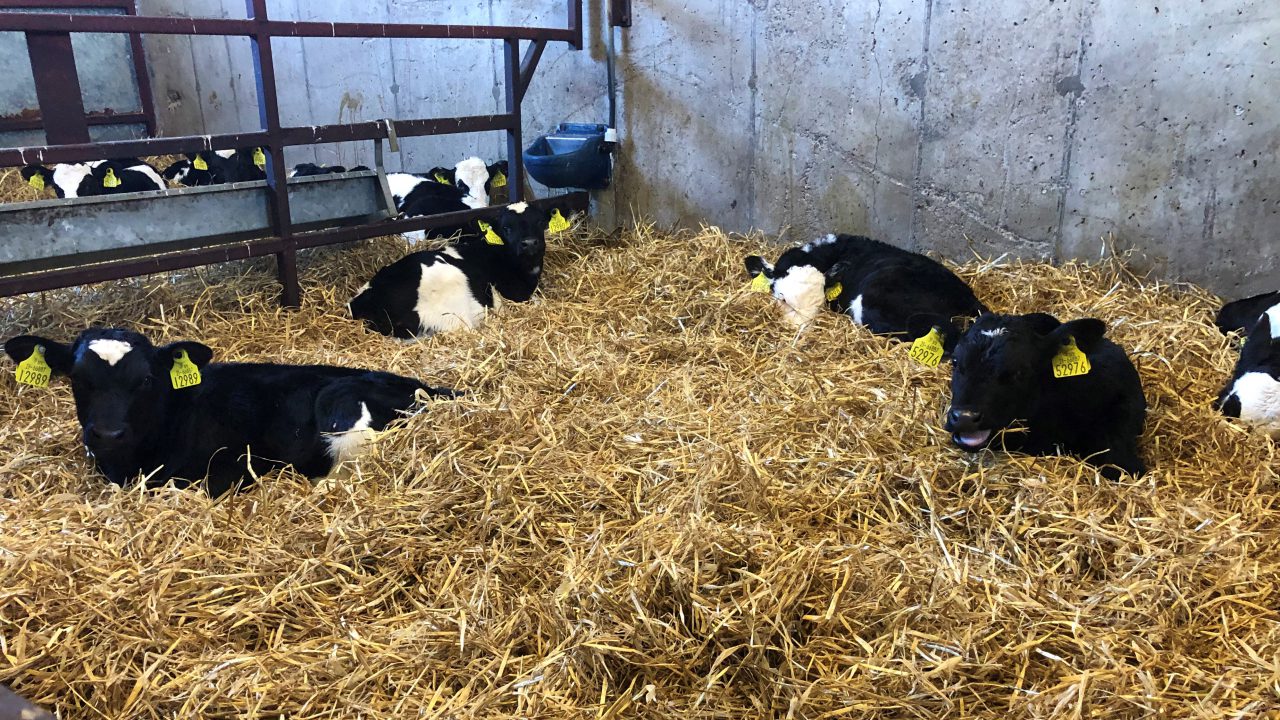A compact calving season has it’s benefits and suits Ireland’s grass-based production system, but it does mean that the workload is compressed into certain parts of the year.
Unfortunately, the majority of cows will calf at night. As they are herd animals, they are more likely to calf when activity levels on farm are reduced.
This means that farmers often have to get up during the night to assist cows calving and feed newly-born calves – which makes it challenging for farmers to get sufficient sleep.
Night calving
Although it will be impossible to complete eliminate night time calvings, you can increase the number of day time calvings by around 10%.
Research has shown that restricting silage feeding-time during the day can result in less night calvings, compared to allowing cows full daily access.
In a study from Teagasc, this practice reduced the number of cows calving between 12:00a.m and 6:00a.m from 25% down to 10-15%.
It is also important to note that this practice is only really suitable where adequate feeding space is provided for all cows – which is at least 0.6m/cow.
This can be done by locking the cows out from the silage during the day, or by feeding the cows late in the evening.
Calving season
With the calving season now underway on the majority of farms, there are a number of key areas that farmers should focus on.
Getting the transition period right is important for setting up the cow for her lactation.
The transition period is defined as the time period of three weeks pre-calving and three weeks post-calving. During these time periods, cows face many physiological challenges.
Getting this wrong will result in cows having increased metabolic issues and reduced performance during lactation.
The management of calves is also very important, you need to ensure that calves get adequate amounts of high quality colostrum shortly after birth.
During the rearing period, getting the feeding of calves correct ensures that rumen development takes place.
